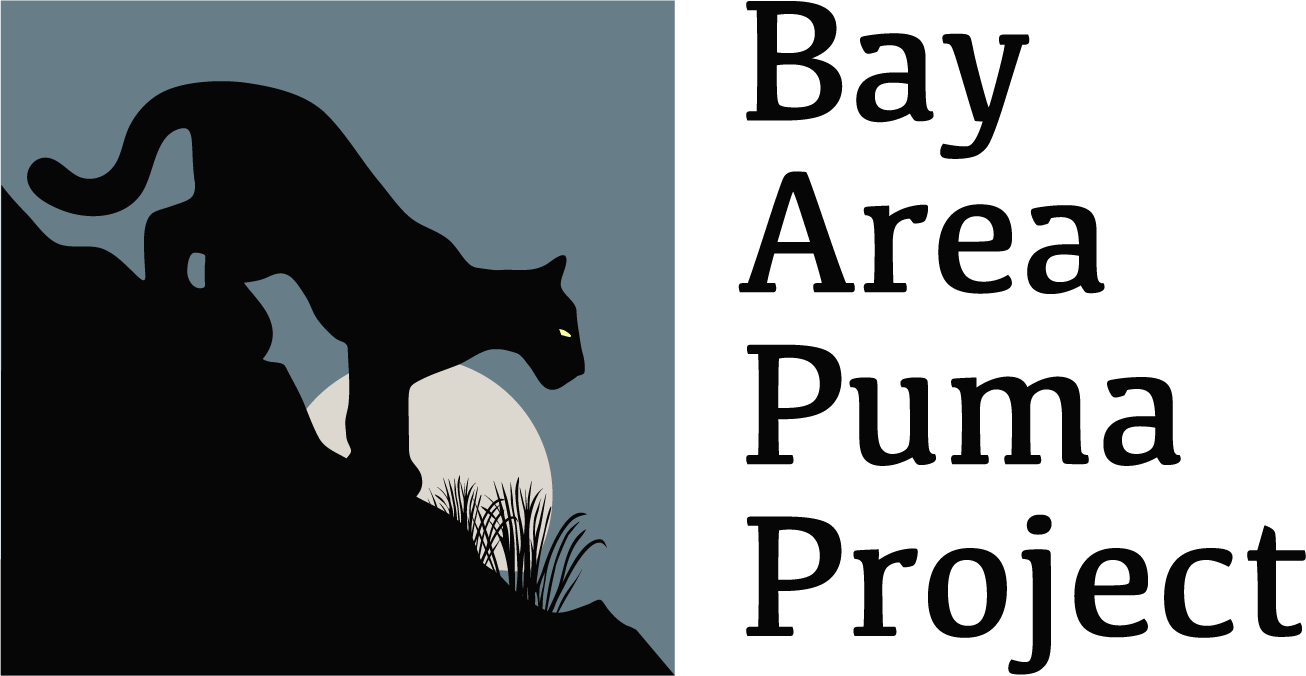Table scraps:
inter-trophic food provisioning by pumas
Large carnivores perform keystone ecological functions through direct predation, or indirectly, through food subsidies to scavengers or trophic cascades driven by their influence on the distributions of their prey. Pumas (Puma concolor) are an elusive, cryptic species difficult to study and little is known about their inter-trophic-level interactions in natural communities. Using new GPS technology, we discovered that pumas in Patagonia provided 232 ± 31 kg of edible meat/month/100 km2 to near-threatened Andean condors (Vultur gryphus) and other members of a diverse scavenger community. This is up to 3.1 times the contributions by wolves (Canis lupus) to communities in Yellowstone National Park, USA, and highlights the keystone role large, solitary felids play in natural systems. These findings are more pertinent than ever, for managers increasingly advocate controlling pumas and other large felids to bolster prey populations and mitigate concerns over human and livestock safety, without a full understanding of the potential ecological consequences of their actions.
